- Home
- Humana Medicaid
- Kentucky Medicaid
- Medicaid extras
- Health and wellness
- Parents Home
- Para Padres
- A to Z Dictionary
- Allergy Center
- Asthma
- Cancer
- Diabetes
- Diseases & Conditions
- Doctors & Hospitals
- Emotions & Behavior
- First Aid & Safety
- Flu (Influenza)
- Food Allergies
- General Health
- Growth & Development
- Heart Health & Conditions
- Homework Help Center
- Infections
- Newborn Care
- Nutrition & Fitness
- Play & Learn
- Pregnancy Center
- Preventing Premature Birth
- Q&A
- School & Family Life
- Sports Medicine
- Teens Home
- Para Adolescentes
- Asthma
- Be Your Best Self
- Body & Skin Care
- Cancer
- Diabetes
- Diseases & Conditions
- Drugs & Alcohol
- Flu (Influenza)
- Homework Help
- Infections
- Managing Your Weight
- Medical Care 101
- Mental Health
- Nutrition & Fitness
- Q&A
- Safety & First Aid
- School, Jobs, & Friends
- Sexual Health
- Sports Medicine
- Stress & Coping
Broken Bones
What Is a Broken Bone?
A broken bone, also called a fracture (say: FRAK-shur), is when a break goes through part or all of a bone.
How Do Broken Bones Happen?
Most broken bones in kids happen from a fall. Kids also can break a bone in an accident or while playing sports.
What Are the Kinds of Broken Bones?
Types of bone fractures include:
- A greenstick fracture: a break on one side of the bone only
- A buckle or torus fracture: an outward bend on one side of the bone without breaking the other side
- An avulsion fracture: when a tendon or ligament pulls off of a tiny piece of bone
- A growth plate fracture: a break in the area of a child or teen's growing bone
- A stress fracture: a tiny crack in the bone
- A comminuted fracture: a bone breaks into more than two pieces
- A compression fracture: a collapsing of the bone
What Are the Signs of a Broken Bone?
It always hurts to break a bone. There also might be swelling and bruising. The injured area may be hard to move and use.
Sometimes the body part looks crooked or different than it did before the injury.
What Do Doctors Do?
Doctors order X-rays if they think a bone is broken.
How Are Broken Bones Treated?
Most broken bones are treated with a cast, splint, or brace. This keeps the broken bone from moving while it heals. Even broken bones that don't line up (called displaced) often will heal straight over time.
Sometimes the displaced bones need to be put back in place before the cast, splint, or brace is put on. This is done through a procedure called a reduction. This is also called "setting the bone."
How Do Bones Heal?
In the first few days after a fracture, the body forms a blood clot around the broken bone to protect it and deliver the cells needed for healing.
Then, an area of healing tissue forms around the broken bone. This is called a callus (say: KAL-uss). It joins the broken bones together. It's soft at first, then gets harder and stronger over the following weeks.
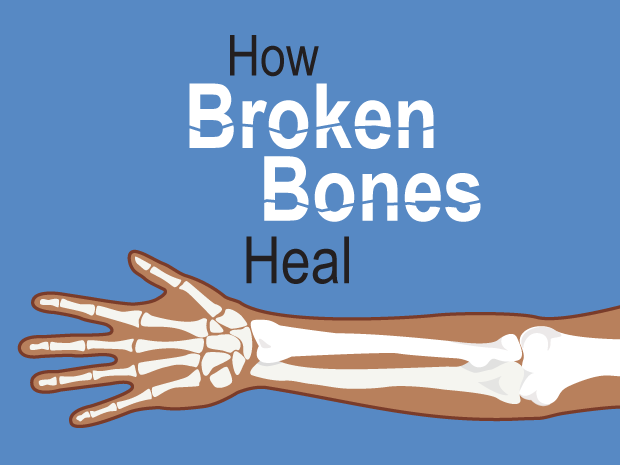
How Broken Bones Heal
It can take a while for broken bones to heal and look normal again. Find out what happens during the healing process.
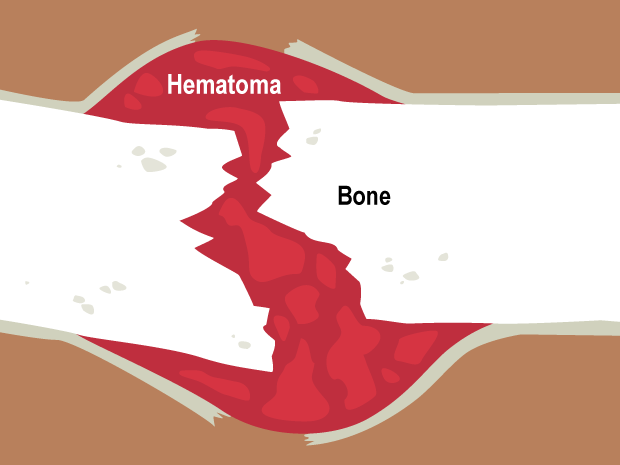
Hematoma
As soon as a bone breaks, a hematoma (blood clot) forms around the broken bones. The hematoma protects the bones and delivers the cells needed for healing.
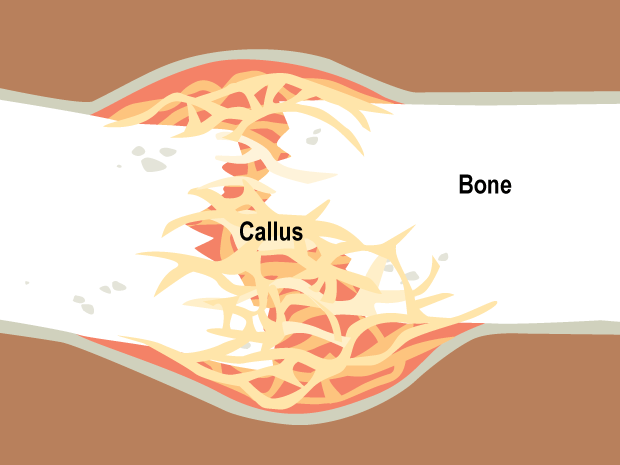
Callus
After about a week, a type of bone called a callus starts to form. It's soft at first, but becomes harder. Over the next few weeks, the callus replaces the hematoma.
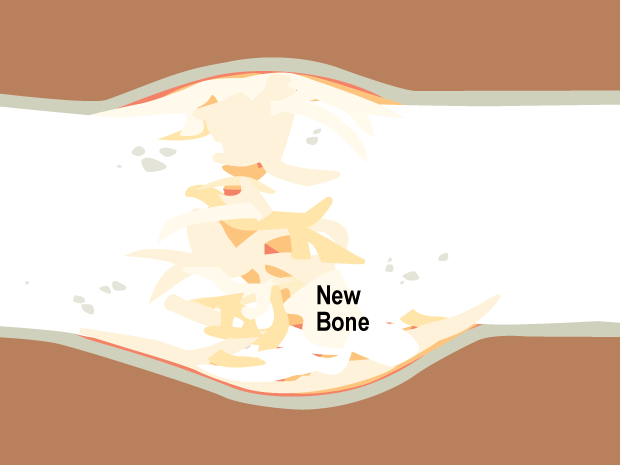
New Bone Forms
New bone starts to form in the weeks after the break. It slowly replaces the callus.
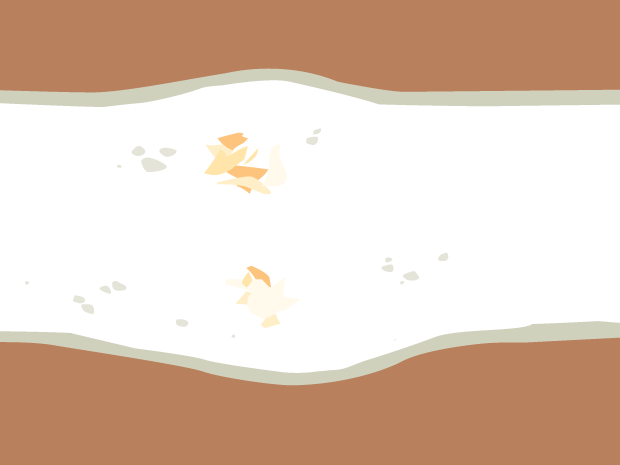
Continued Healing
New bone continues to form and get harder. The bone slowly reshapes.
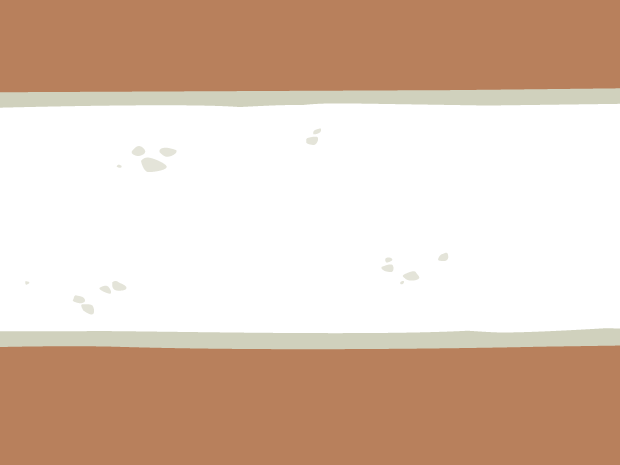
Healed Bone
Most broken bones heal within a few months.
New bone forms in the weeks to months after a break, but full healing can take longer.
How Can I Help My Bone Heal?
To help your bone heal well:
- eat a healthy diet that includes plenty of calcium and vitamin D
- take care of the cast or splint
- rest and/or do any exercises that your doctor recommended
With the right treatment, a broken bone usually heals well. After a few months, you will be back to doing all the things you did before the injury.

© 1995- The Nemours Foundation. KidsHealth® is a registered trademark of The Nemours Foundation. All rights reserved.
Images sourced by The Nemours Foundation and Getty Images.